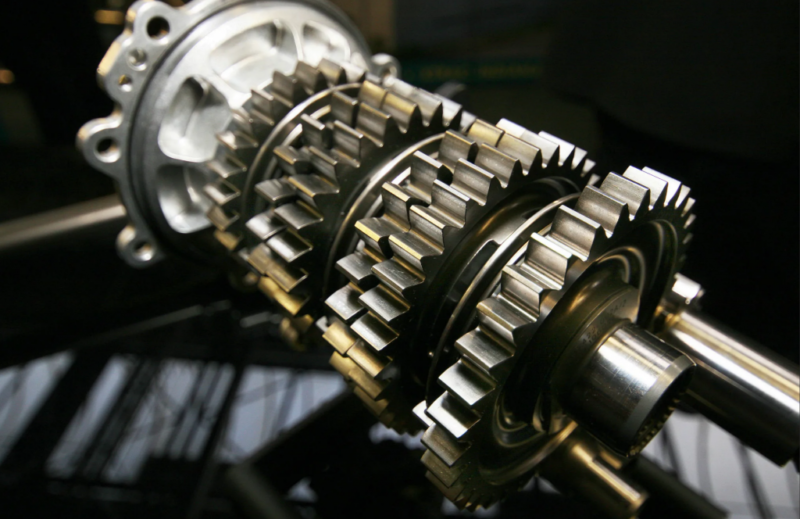2017 Hyundai Veloster Transmission Problems
The 2017 Hyundai Veloster is a popular compact car known for its unique design and sporty performance. However, like any vehicle, it may experience certain issues, and one of the most common problems reported by owners is related to the transmission. In this article, we will explore the common transmission problems in the 2017 Hyundai Veloster, discuss the symptoms and signs to look out for, the potential consequences of ignoring these issues, and the repair costs involved.
Common Problems
Several owners of the 2017 Hyundai Veloster have reported experiencing transmission problems. These problems can range from minor inconveniences to more serious issues that affect the overall performance of the vehicle. Some of the common transmission problems reported include:
- Delayed shifting: Many owners have complained about delays when shifting gears, especially when accelerating or decelerating.
- Hard shifting: Some owners have noticed a rough or jerky shifting sensation, particularly when the transmission is changing gears.
- Slipping gears: A few owners have reported instances where the transmission slips out of gear, causing a sudden loss of power.
- Transmission fluid leaks: Leakage of transmission fluid is another problem that has been reported by some Veloster owners.
Symptoms and Signs

If you own a 2017 Hyundai Veloster and suspect transmission problems, there are several symptoms and signs to watch out for. These may include:
- Unusual noises: Grinding, whining, or clunking noises coming from the transmission could indicate a problem.
- Burning smell: A burning smell, especially when the vehicle is in motion, may be a sign of overheating transmission fluid.
- Warning lights: The check engine light or the transmission warning light may illuminate on the dashboard, indicating a potential issue.
- Difficulty shifting gears: If you experience difficulty when shifting gears, such as gears getting stuck or resistance when moving the gear lever, it could be a transmission problem.
Consequences
Ignoring transmission problems in your 2017 Hyundai Veloster can lead to severe consequences. These consequences may include:
- Reduced performance: A faulty transmission can negatively impact the overall performance of your vehicle, resulting in decreased acceleration and power.
- Increased fuel consumption: Transmission problems can cause the engine to work harder, leading to higher fuel consumption and decreased fuel efficiency.
- Complete transmission failure: If left unaddressed, transmission issues can escalate and eventually result in a complete transmission failure, leaving you stranded and requiring costly repairs.
Repair Cost
The cost of repairing transmission problems in a 2017 Hyundai Veloster can vary depending on the severity of the issue and the extent of the repairs needed. In general, transmission repairs can be quite expensive, and it is advisable to have the vehicle inspected by a qualified mechanic to determine the exact problem and provide an accurate cost estimate.
It is important to note that some transmission problems may be covered under the vehicle’s warranty, especially if the car is still within the warranty period. Checking with your local Hyundai dealership or contacting Hyundai customer service can provide you with information regarding warranty coverage for transmission repairs.
| Transmission Problem | Repair Cost |
|---|---|
| Delayed shifting | $500 – $1,000 |
| Hard shifting | $800 – $1,500 |
| Slipping gears | $1,000 – $2,000 |
| Transmission fluid leaks | $200 – $500 |
It is always recommended to address transmission problems as soon as possible to prevent further damage and costly repairs. Regular maintenance and servicing of the transmission can also help prevent potential issues and prolong the lifespan of your 2017 Hyundai Veloster’s transmission.
In conclusion, while the 2017 Hyundai Veloster is a stylish and fun-to-drive car, it is not immune to transmission problems. Being aware of the common problems, recognizing the symptoms and signs, understanding the potential consequences, and being prepared for the repair costs can help you take appropriate action and ensure the longevity of your vehicle’s transmission.
